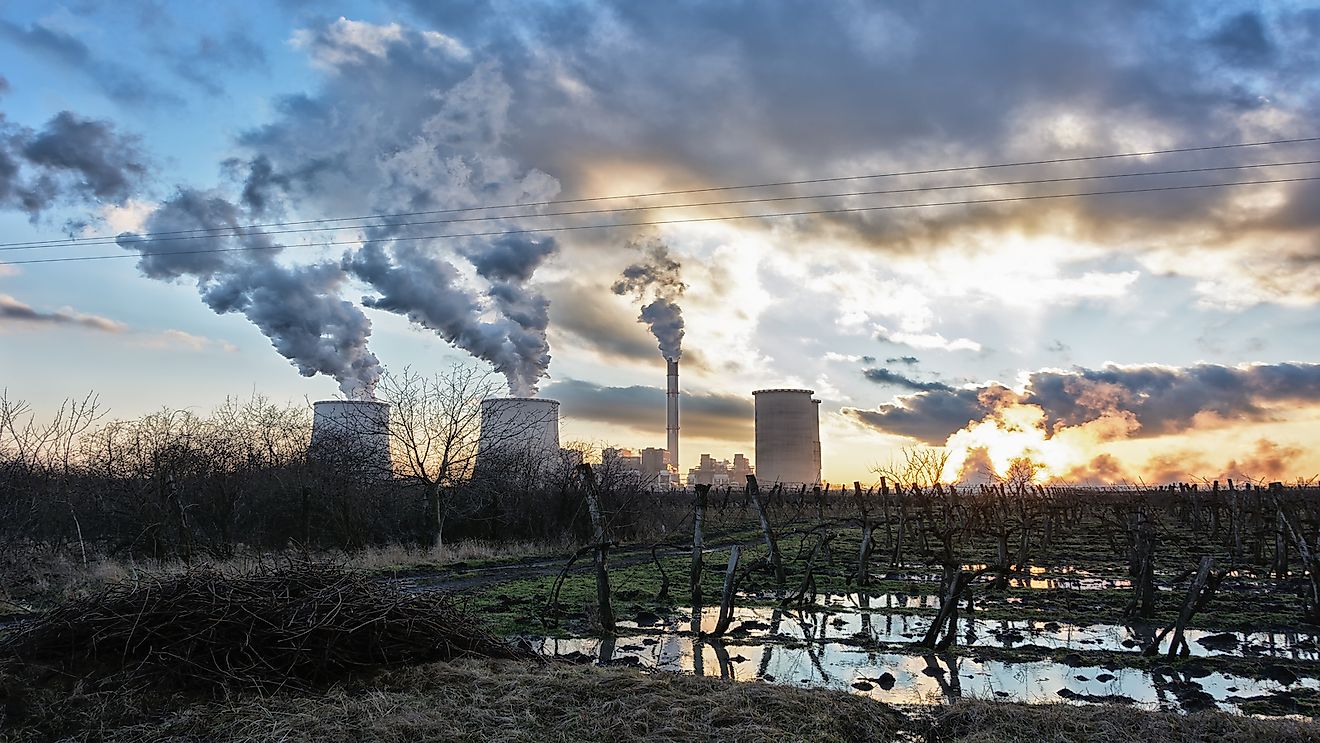What Is Cap And Trade?

Cap and trade (CAT), also referred to as emissions trading, is a market-based method of managing pollution by introducing various economic incentives for reducing the emission of pollutants. Unlike the command-and-control regulation, CAT is a flexible environmental regulation program that allows markets and organizations to decide the best methods to lower emissions. CAT allows the market to set the cost of carbon emission and the price spurs market innovations while driving investment decisions. With CAT, the government does not dictate technology choices or set performance standards for carbon emissions.
How Does It Work?
With the CAT system, the government sets the emission cap and then sells or allocates a limited number of permits that allow companies to discharge a specific quantity of a particular pollutant in a given time. All the polluting companies in the region are required to purchase and hold permits for the amount that equals their emissions. Therefore, any polluter who wants to increase his/her pollutant emissions must buy permits from other polluters who have managed to reduce their emissions. The buying and selling of the permits established the emission price. Firms are taxed if they emit more pollutants than their license allows. The government reduces the number of issued permits annually, thereby lowering the emission cap. Reducing the number of permits every year makes them very expensive. Therefore, polluters will have to invest in clean technology since purchasing permits will be more costly.
CAT System In Action
CAT systems are being developed and used to reduce emissions in different parts of the world. The EU Emission Trading Scheme is the world’s GHG trading scheme that has been in use since 2005. Numerous Chinese provinces and cities have been using the CAT since 2013, and currently, the Chinese government is in the process of developing a national program. In the U.S., 9states participate in the RGGI (Regional-Greenhouse-Gas-Initiative). The RGGI was the first CAT program in the U.S. to reduce carbon emissions. Some of the 9states participating in the RGGI include Vermont, Massachusetts, Connecticut, and Maine, among others. California started operating a CAT program that is associated with another program in Quebec in 2013. Efforts to introduce a national CAT system in the U.S. resulted in the House approving the American-Clean-Energy-and-Security Act in 2009. However, the efforts were stopped by the senate.
Pros And Cons Of The CAT
The CAT is a market-based system that creates an exchange value for GHG emissions. The supporters of the CAT argue that this program will force polluters to invest in clean-technologies to avoid purchasing permits whose prices are increasing every year. Opponents argue that the CAT could lead to the overproduction of GHG to the cap limits every year. Opponents predict that the cap set by many governments is too generous, and this will slow down the journey to achieving cleaner energy.
Challenges Of The CAT
One of the main challenges when developing a CAT policy is if the government can impose the correct cap on the polluters. A limit that is too low will be considered to be a burden on the polluter, while a high cap will result in higher emissions. The burden of a cap that is too low will be passed on to the consumers.











